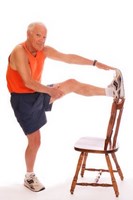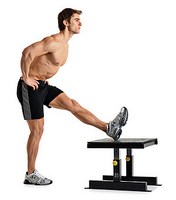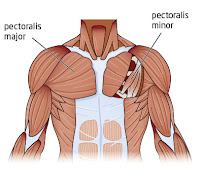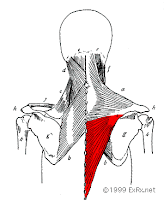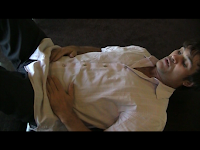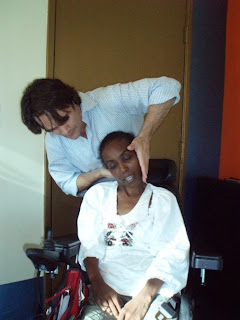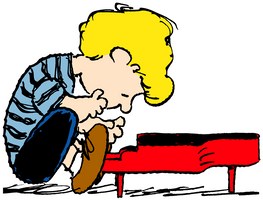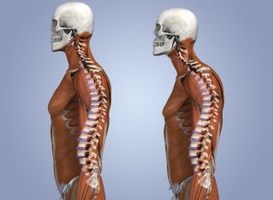Neck pain has become more prevalent over the last decade probably as a result of increased computer usage, especially hand-held devices and tablets. Anybody that has had chronic neck pain knows how un-fun it can be. In fact, for some, neck pain along with its oft-associated shoulder pain, arm pain, or numbness/tingling can be unnerving, and enough to drive one slowly insane (I know, I speak from experience). So the following are the ten steps necessary to beat neck pain:
The first is to go see a chiropractor. Don’t delay—the longer you wait, the harder your neck pain becomes to treat, and the longer you can count on its sticking around. Neck pain can be stiffness, achiness, sharp or shooting pain, or severe pain on movement. If you have neurological symptoms—like numbness and tingling—in a limb, you really can’t afford to wait. Don’t lose limb function—get to your chiropractor (or medical doctor) right away.
Next (2 of 10)
